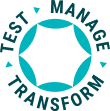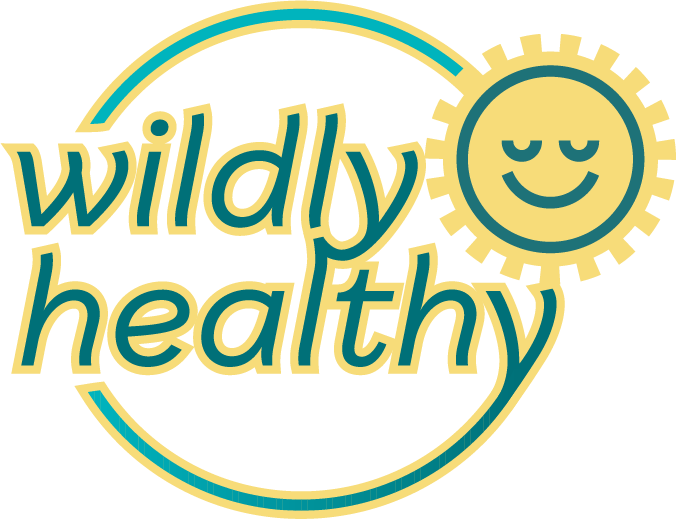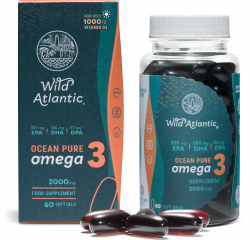What Foods have the Most Vitamin D?
Vitamin D is essential for maintaining healthy bones, teeth, and overall immune function. While sunlight is a primary source of Vitamin D, certain foods can significantly boost your levels, especially during months with limited sun exposure. Here’s a comprehensive guide to foods high in Vitamin D to help you maintain optimal health.
Top Foods Rich in Vitamin D
Fatty Fish
Fatty fish are among the best natural sources of Vitamin D. Including these in your diet can help you achieve your daily recommended intake:
- Salmon: A 3.5-ounce serving of cooked salmon contains about 360-685 IU of Vitamin D.
- Mackerel: This fish provides approximately 360 IU per 3.5-ounce serving.
- Tuna: Canned light tuna offers about 236 IU per 3.5-ounce serving.
- Sardines: Two sardines canned in oil contain around 46 IU.
Cod Liver Oil
Cod liver oil is a powerhouse of Vitamin D. Just one tablespoon contains approximately 1,360 IU, which is more than double the daily recommended intake for most adults.
Egg Yolks
Egg yolks are another good source of Vitamin D. One large egg yolk provides around 40 IU. Including eggs in your diet can contribute to your Vitamin D intake.
Mushrooms
Certain types of mushrooms can provide a significant amount of Vitamin D, especially those exposed to UV light:
- Maitake Mushrooms: These offer about 562 IU per 3.5-ounce serving.
- Portobello Mushrooms: Exposed to UV light, they can contain around 400 IU per 3.5-ounce serving.
Beef Liver
Beef liver is a nutrient-dense food that also offers Vitamin D. A 3.5-ounce serving contains about 50 IU of Vitamin D, along with other essential nutrients like iron and vitamin A.
Cheese
Certain types of cheese provide a small amount of Vitamin D. For example, cheddar cheese offers around 12 IU per 1-ounce serving. While not a significant source, it can contribute to your overall intake when combined with other Vitamin D-rich foods.
Tips for Maximizing Vitamin D Intake from Foods
- Combine Sources: Mix and match different sources of Vitamin D throughout your meals to ensure you’re getting enough.
- Check Labels: Look for natural sources of Vitamin D when shopping.
- Cook with Fat: Vitamin D is fat-soluble, so cooking foods rich in this vitamin with healthy fats can enhance absorption.
Sample Meal Plan for a Vitamin D-Rich Diet
| Meal | Food Item | Estimated Vitamin D Content |
|---|---|---|
| Breakfast | Scrambled Eggs | 80 IU |
| Mushrooms | 400 IU | |
| Lunch | Tuna Salad | 236 IU |
| Snack | Cheese | 12 IU |
| Dinner | Baked Salmon with Beef Liver | 735 IU |
| Total | 1,463 IU |
Conclusion
Including a variety of Vitamin D-rich foods in your diet is a natural and effective way to maintain adequate levels of this essential nutrient. Fatty fish, egg yolks, mushrooms, beef liver, and cheese can all contribute to meeting your daily requirements. For more personalized advice on dietary sources of Vitamin D, consider consulting with a healthcare professional.
For additional information on Vitamin D and other nutrients, visit our blog and explore articles such as How Long Does It Take for Vitamin D to Work and Does Sunscreen Block Vitamin D.
References
- “Vitamin D: Health Benefits and Recommended Intake”, National Institutes of Health.
- “Dietary Sources of Vitamin D”, Journal of Nutrition and Health.
- “Impact of Natural Foods on Vitamin D Levels”, Clinical Nutrition Review.





























